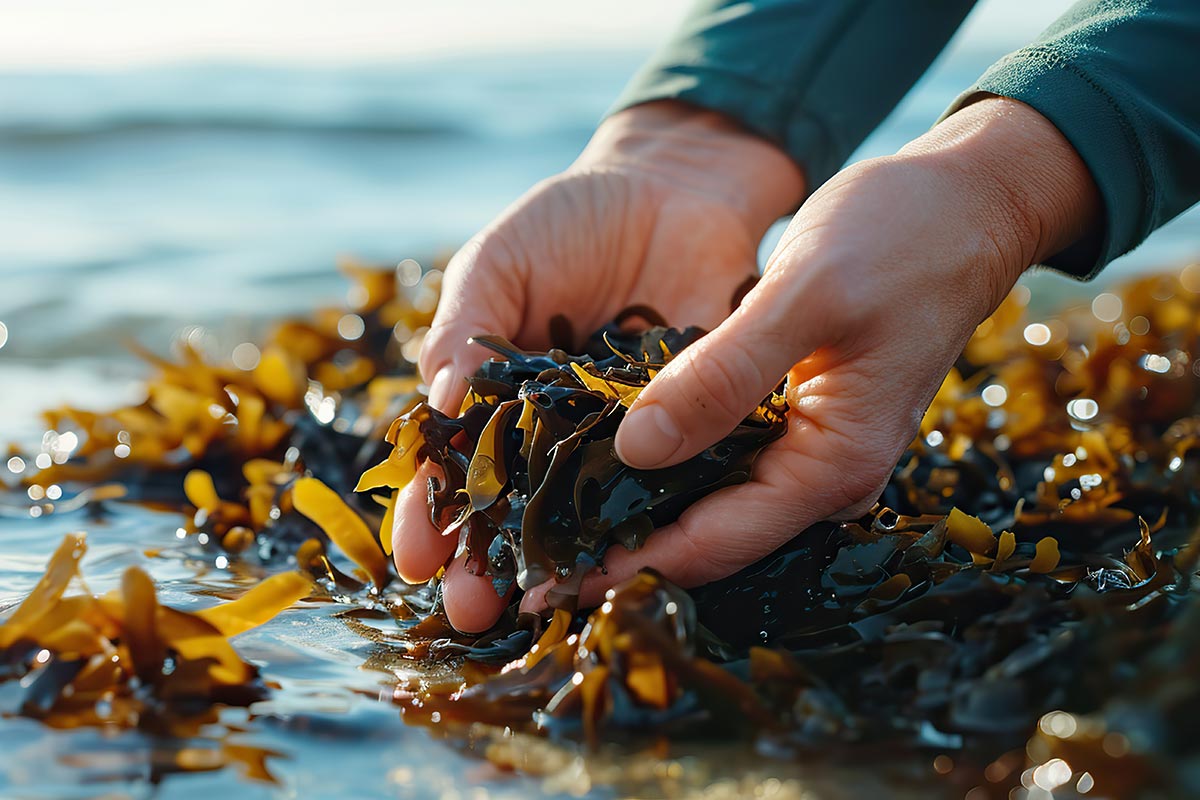The Ultimate House Viewing Checklist for Buyers
06 Jan
Please wait...
10 May

Mexico's stunning beaches are under siege by a relentless invader: sargassum seaweed. This natural phenomenon, exacerbated by various human-induced factors, poses a significant threat to the country's coastal tourism industry and environmental health. From the Gulf of Mexico to the Caribbean, the rapid increase of sargassum demands urgent attention and innovative solutions. So, is too much seaweed bad for the Caribbean? You bet it is.
Sargassum's Spread: A Caribbean Crisis
This summer, a colossal mass of brown seaweed threatens to cloak Mexico's beaches again. Once confined to the Sargasso Sea, Sargassum extends across an expanse 5,000 miles from the Gulf of Mexico to West Africa.
This invasive seaweed, weighing approximately 20 million tons, clouds pristine waters and emits foul odors. This much seaweed is not only unsightly and stinky, but it disrupts ecosystems and tourism.
Rising Concerns for Mexico's Coastal Tourism
Vacationers in popular coastal destinations like Tulum are already witnessing the alarming accumulation of sargassum on the beaches. Reports indicate a potential buildup of up to three feet in Quintana Roo state. Now, here is the real tragedy. This resurgence of seaweed threatens to undermine Mexico's post-COVID tourism recovery efforts. This disruption in progress could jeopardize the livelihoods of countless businesses and communities reliant on coastal tourism.
Understanding the Sargassum Problem
Researchers attribute the surge in sargassum to a combination of factors, including climate change, sewage contamination, and nutrient runoff from agricultural activities. As temperatures rise, the warmer weather creates ideal conditions for sargassum growth—the Caribbean islands and beyond face this seaweed issue with far-reaching implications for marine life and economic stability. But the damage reaches much further than just the blue waters of the Caribbean.
Global Concerns Lead to Regional Responses
Beyond Mexico, other nations like Belize grapple with the relentless onslaught of sargassum, prompting concerted efforts to halt and reverse its impact. From deploying new and improved technologies like floating barriers and pumps to investing in beach cleanup initiatives, coastal communities are mobilizing to combat the lasting effects.
Sustainability and a Resilient Future
In response, governments, businesses, and communities must adopt sustainable practices and collaborative strategies. By prioritizing environmental protection and shifting processes, we can help preserve our coastlines for future generations.
Join the Fight Against Too Much Seaweed
Join the fight against the Sargassum invasion! Support initiatives aimed at preserving our coastal ecosystems and promoting sustainable tourism practices. Together, we can turn the tide against this seaweed invasion and ensure the vitality of the world's beaches for generations.
CITED: www.euronews.com, www.npr.org, www.climate.gov